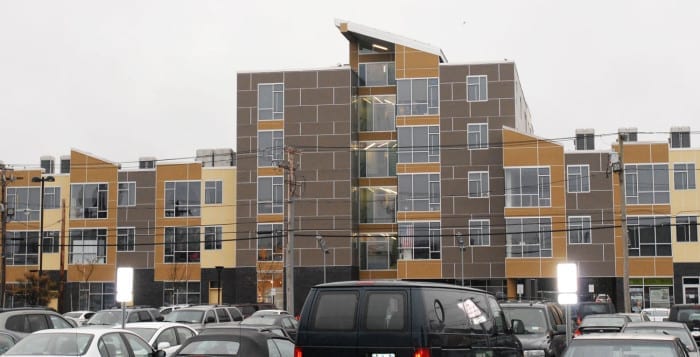Long Islanders have saving crisis

By Brandon Muir
Long Island is a place that should be synonymous with thriving families, beaches, and the best New York has to offer. However, as more people and businesses struggle to stay here, it has become, unfortunately, just as associated with high taxes, a stagnant economy, debt, and public corruption.
It’s no mystery to Long Islanders that the region has struggled. They read the headlines about population decline, while they watch their neighbors move south. As they work to make ends meet, they may not realize they are fighting an uphill battle against a deep and widespread affordability crisis that has consequences for virtually every household.
Long Islanders are paying the price for high taxation, endless regulation, and corruption that drive the cost of government sky-high.
A new study by Reclaim New York provides the most alarming evidence yet that recent graduates, middle-class families, and even people making hundreds of thousands of dollars a year are struggling to achieve financial stability and save for the future.
The analysis has computed Long Islanders’ total tax burden, including income, sales, excise, and property taxes, together with basic living expenses — what you have to pay just to wake up every morning on Long Island.
The results show that wherever you live, across Nassau and Suffolk Counties, the affordability crisis follows.
For instance, the median family of four living in Huntington school district earns over $118,000 annually. Even by New York standards, that should make for a comfortable living.
But after government and basic expenses take a bite out of their wallet, they are left with four percent of their income.
Across the Island, in Port Jefferson, the situation is similar, yet somehow worse. A family earning the median income there goes into the red, losing $2,855 per year.
That is before they pay off debts, save for college or retirement, and cover additional expenses. Even if they cut back on basics, they are not close to building a future.
Analysis of a range of other cases, across regions and income spectrums, reveals more trends. Like why the boomerang effect is so prominent on Long Island.
Many young people are barely in the black, and too frequently in the red, if living on their own.
A recent college graduate in Lake Ronkonkoma (Sachem School District), fortunate enough to get a job in his area of study, making $48,707 annually, can only save two percent of that, or $955. That’s before any student loan payments.
It’s going to be hard to enjoy a night out too often, let alone buy a house or get married.
For the people across all these examples, New York costs 90 percent or more of their income.
When tax policies are preventing earners high and low from building financial stability, they’re no longer progressive, but simply oppressive.
This is the iceberg that is sinking Long Island. If people can’t save, they will never be on sound financial footing, especially as they get older.
An affordability and savings crisis this deep requires citizens to get informed and engaged. The key to solving it will not be figuring out better policies on paper, but changing an environment that has fostered failed policies for too long.
Brandon Muir is executive director for Reclaim New York, a non-partisan, non-profit organization dedicated to advancing a state-wide, grassroots conversation about the future of New York, its economy, and its people.






